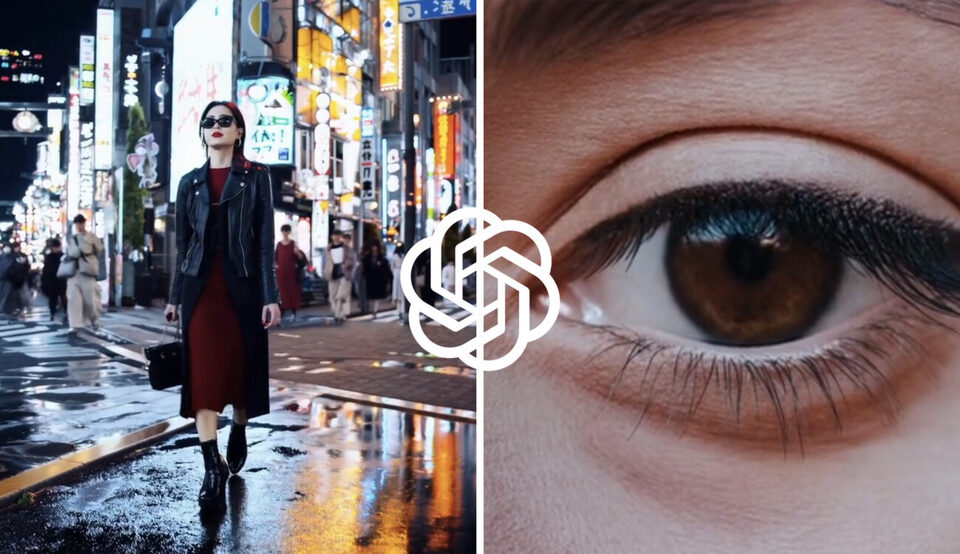
The competitive landscape of generative artificial intelligence (AI) has seen a significant shift towards the development of video generators in recent months.
This trend has been embraced by both emerging startups and established tech giants alike, with numerous announcements highlighting the increasing focus on this area. Recently, the company behind ChatGPT has also made its entry into this space. The introduction of Sora by OpenAI is particularly notable for its deep learning model that achieves an unparalleled level of realism in video generation. Although Sora is not yet available to the general public, the demonstrations released have captivated creators worldwide.
Evolution to Video Generation
Following an extended period of advancements in text-to-image generation technologies, the field has now evolved to a point where it is possible to generate short video clips directly from textual prompts. This year, Sora emerged as the third major release in this domain from leading AI developers, preceded by announcements from Midjourney and Google’s Lumiere project.
Unlike its predecessors and other existing market solutions, such as Runway, Sora has demonstrated a consistent ability to produce hyperrealistic outcomes. This has led to reconsiderations about the potential of this technology to replace traditional stock footage, a notion that was previously dismissed by many in the industry.
Unique Features of OpenAI’s Sora
Sora distinguishes itself from the competition with its capability to create videos lasting up to 60 seconds, featuring intricate scenes, sophisticated camera movements, and characters exhibiting a wide range of emotions. The model’s understanding extends beyond user prompts to include the physical existence and operation of objects within the video.
For example, Sora’s rendition of a drone shot capturing the waves at Big Sur’s beach, including the dynamics of the water crashing against rocks, showcases an attention to physical details not seen in other AI video generators.
Capabilities and Creative Potential
OpenAI’s Sora sets itself apart by its ability to stitch together different shots into a single video. An instance provided shows the model’s ability to conceptualize a movie trailer about a spaceman’s adventures, demonstrating an unprecedented level of detail and narrative coherence.
Moreover, Sora’s proficiency in interpreting lengthy and complex prompts has been highlighted, showing its potential to follow detailed textual instructions for video creation.
Identified Limitations
Despite the realistic appearance of most videos generated by Sora, closer inspection reveals minor errors and artifacts indicative of AI-generated content. OpenAI acknowledges current limitations, particularly in modeling the physics of complex scenarios and cause-and-effect relationships accurately.
Public Response to Sora
The unveiling of Sora has elicited a wide range of responses, from admiration to concerns about potential misuse and implications for the creative industry. Some commentators have expressed worries about the impact on the stock footage market, suggesting that Sora’s capabilities could significantly disrupt this industry sector.
This overview of OpenAI’s latest innovation provides a glimpse into the potential transformations Sora could bring to video content creation, amidst the ongoing generative AI technology race.
News source: https://openai.com/sora









